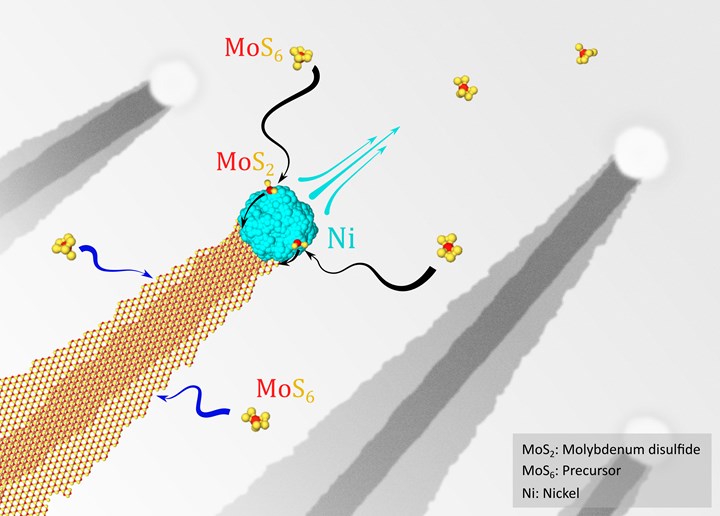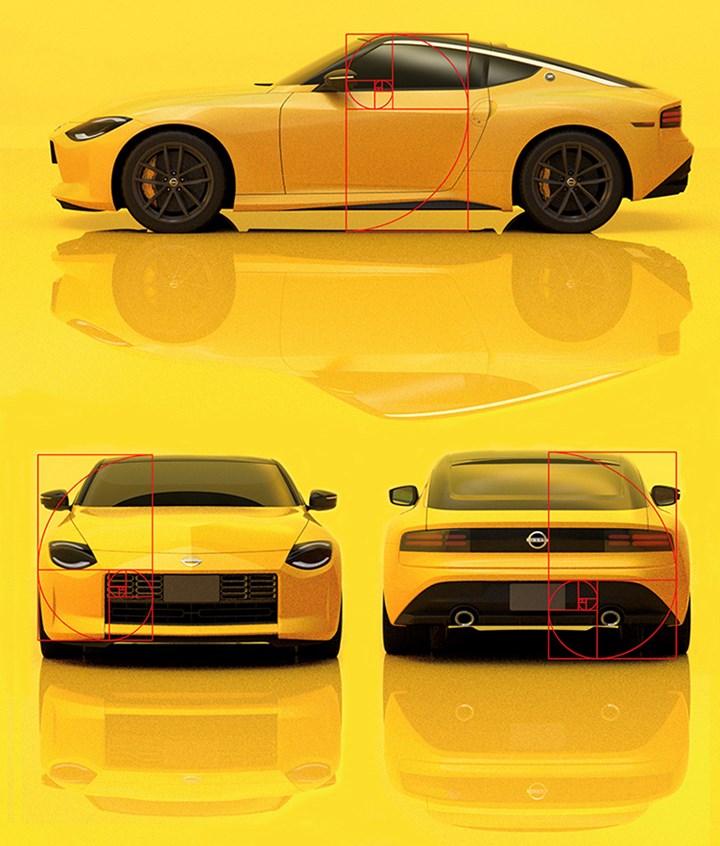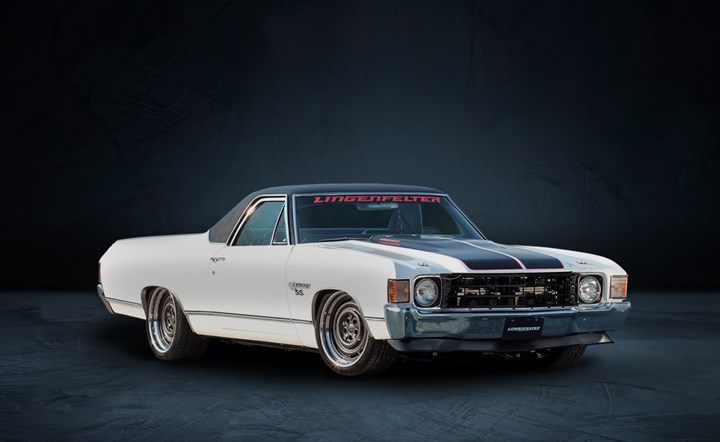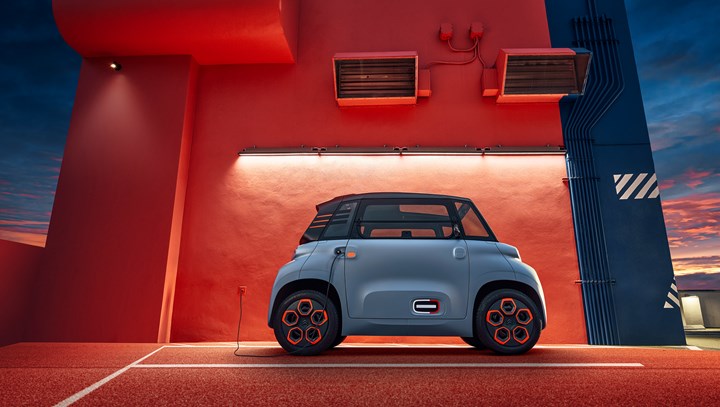On Lotus, Quantum Ribbons & the Golden Ratio
Lotus prepares for its future, Honda prepares for a quantum future, Nissan nods to the past, GM expanding its electrification footprint, what Stellantis is doing in the EV realm, and a review of the Toyota Highlander.
Lotus Ends Elise, Exige, Evora

The importance of these cars—especially the Elise—is in inverse relation to the number built. (Image: Lotus)
Last week was the end of an era at Lotus: the production of the Elise, Exige and Evora sports cars came to a close at the plant in Hethel, UK.
The company built 51,738 of the vehicles since the start of production 26 years ago.
- Elise: 35,124
- Exige: 10,497
- Evora: 6,117
One interesting aspect of what the Lotus team accomplished with the “small car” platform the Elise and Exige were based on:
It was used for the first-generation Tesla Roadster.
Between 2007 and 2012 2,515 Tesla Roadsters were built on the Lotus platform.
Additionally, the then-GM brands Opel and Vauxhall also used it for the Opel Speedster/Vauxhall VX220. That occurred between 2000 and 2005. 7,200 of those cars were produced.
The next move for Lotus will be the launch of the Emira, a mid-engine sports car that goes into production Spring 2022.
(Here’s something you probably didn’t know: 51% of Lotus is owned by China-based Geely Automotive and the remaining 49% Etika Automotive of Malaysia.)
///
Think Small (Nanoscale)

Creating a nano-ribbon. (Image: Honda)
While on the subject of things you may not know. . .
Honda Research Institute USA (HRI-US) scientists have synthesized ribbon-shaped two-dimensional materials that are on the order of 7 to 8 nanometers wide.
While it probably isn’t too helpful in terms of understanding what that means:
A nanometer is one-billionth of a meter.
Apparently, the approach the HRI-US scientists--who collaborated with those from Columbia and Rice Universities and the Oak Ridge National Laboratory--results in a narrower structure than can be obtained by more commonly used methods (e.g., nanolithography).
The point?
Quantum electronics.
The use?
“The potential applications are extremely broad,” said Dr. Avetik Harutyunyan, senior chief scientist at HRI-US. “We see immediate opportunities for the applications in the high speed, low-energy consumption electronics, spintronics, quantum sensing, quantum and neuromorphic computing.””
Neuromorphic computing?
According to the folks at Intel, who are developing neuromorphic chips, “Guided by the principles of biological neural computation, neuromorphic computing uses new algorithmic approaches that emulate how the human brain interacts with the world to deliver capabilities closer to human cognition.”
Of course.
All of which is to say that there’s a whole lot going on at Honda besides developing Accords.
///
What Would Vitruvius Do?

Nissan designers used the Golden Ratio for the 2023 Z proportions. (Image: Nissan)
While on the subject of mathematics. . .
The Golden Ratio, which goes back to the ancient Greeks but has its most well-known execution in da Vinci’s Vitruvian Man study (which is actually a nod to classical Roman architect Vitruvius) is (1 + √5)/2 in case you are wondering.
Or said more simply: Do the proportions correctly, and it looks most pleasing.
The designers of the 2023 Nissan Z (they are no longer using a number to designate the car, just the letter) used the Golden Ratio for the front and rear height, rear window height and door panel.
Beautiful proportions are timeless.
///
GM Expanding Electric Scale

An electrified 1972 El Camino SS, developed with Lingenfelter Performance Engineering. (Image: GM)
As OEMs continue to invest billions in the development and production of components and systems for electric vehicles, there is something that undoubtedly weighs heavy on them.
While they have created tremendous economies of scale for building thermal engine-powered vehicles, that is far from being the case for electric vehicles.
When all of the numbers are calculated for 2021 in a few weeks it is likely that EVs will have a share of market of less than 4%.
Not much scale. And so hard to get automotive-style economies out of that.
So General Motors is cleverly finding the ways and means to get more scale, even if it means going outside its usual area of attention.
Examples:
- Airport Ground Support Equipment: GM is collaborating with Textron Ground Support Equipment on the development of lithium-ion electric powertrains for Textron’s TUG equipment: baggage tractors, cargo tractors and belt loaders.
- Marine Propulsion: Presently GM Powered Solutions offers engines for marine applications (and land, too). But GM is amping up that activity by a direct investment in Pure Watercraft, an electric watercraft company, so rather that just supplying ICEs for nautical applications, the electric motors it has developed will find uses off land, too.
Still, there are things like that 1972 El Camino SS shown above. It was developed with Lingenfelter Performance Engineering in Brighton, Michigan, and is the first independent application of the aftermarket eCrate Electric Connect and Cruise system, which Chevrolet Performance will offer in 2022.
The whole aftermarket tuner community will undoubtedly snap these motors up.
There are other items in GM’s portfolio, including:
- HYDROTEC fuel cell tech
- Ultium batteries
- Ultifi software platform
But we wondered. . .
Is this GM looking to make these resources available to companies in other industries—or can other automotive OEMs benefit from what GM has developed, too?
So we asked.
And learned:
“We’re open to any mutually beneficial opportunities that help advance electrification efforts. In fact, Honda has been a long-time partner on fuel cells and already has an agreement to use the Ultium platform for upcoming EV additions to its lineup.”
One way to think about this:
For many companies the proposition is simple: why reinvent the proverbial wheel when GM is already on a roll?
///
What Is Stellantis Doing EV-Wise?

The Ami. Yes, a real electric vehicle. (Image: Stallantis)
While there is considerable attention paid to the electric developments of GM and Ford, the other company that once was part of Detroit’s “Big Three,” which was then simply known as “Chrysler,” doesn’t get the same focus.
(Yes, here, too, as in the previous item.)
Chrysler is now part of Stellantis. As are Dodge, Jeep and Ram.
And Abarth, Alfa Romeo, Citroën, DS, Fiat, Lancia, Maserati, Opel, Peugeot, and Vauxhall.
The company’s footprint includes commercial presence in more than 130 markets.
As such, it needs to have electric offerings.
Some exist right now. Like the New 500 (that’s its name). The whole lineup for that vehicle: Entirely battery electric.
And the Citroën Ami. This is more of a mobility device than a traditional “car.” In France, 14-year-olds can drive the diminutive EV—95 inches long, 55 inches wide and 60 inches high. It has a top speed of 28 mph.
Of course, most everything else in the Stellantis portfolio is bigger than a New 500 or Ami.
During the first three quarters of 2021 the company sold 604,671 Jeeps and 495,410 Ram trucks, so it can hardly ignore the electrification of vehicles in that space.
So a quick look at what Stellantis has in store for its future.
- It expects 70%+ of its sales in the EU to be electric by 2030. 40%+ in the U.S.
- It will launch four BEV platforms: STLA Small (range: 300 miles); STLA Medium (440 miles); STLA Large (500 miles); STLA Frame (500 miles—and that’s “frame” as in “body-on-frame” as in “pickup truck”)
- It anticipates up to two million vehicles per platform per year
- It is developing three electric drive modules: 70 kw/400 V; 125-180 kW/400 V; 150-330 kW/400 or 800 V
- It plans to have solid-state batteries by 2026
- It expects to reduce the cost of cells and modules by 40% in 2024 compared with 2020
- It will have three gigafactories (two in the EU, one in the U.S.) with a 130+ GWh output by 2025. It will have at least five battery factories by 2030 with a total output of 260+ GWh
How is this going to happen?
For one thing, the company is spending >€30 billion between now and 2025 on electrification and software.
Yes, it is as much in the game as any OEM out there.
And arguably, as it has as many brands as it does, Stellantis will be able to achieve scale by using those motors, batteries and platforms in vehicles it has on offer from Toledo, Ohio, to Toledo, Spain.
///
2021 Toyota Highlander XSE AWD

Toyota Highlander: Style meets substance. (Image: Toyota)
One of the things that Toyota has done with its crossovers, such as the Highlander, which trails the RAV4 in sales (as essentially every vehicle outside of a Ford F-150 does) but otherwise is staunchly holding its own in the market—through the third quarter of 2021 Toyota sold 207,564 Highlanders (and 313,447 RAV4s)—is make them look more truck-like. Robust. Utile.
But when you have that look, there are those who simply want something more sporty.
- Trucky, but sporty.
- Enter the XSE trim.
Mainly this is a cosmetic approach. (Of course, trims are often mainly just that, so it isn’t like there is something wrong with that approach.)
How It Is Done
So there is an elevation of a pallet of black and chrome.
Like black front bumper trim (and know the bumper has an air intake integrated into it, supporting a restyled upper grille). Chrome rocker panel trim. Black roof rails and headlight accents. Chrome and metallic gray bits on the back. And there are twin-tips for the exhaust (chrome tips and the first dual pipes on the back of a Highlander). Machined alloys—20s—are available.
All of this goes to the presumed objective of providing a sense of sporty capability (with chrome, as in metal, providing the capability aspect) combined with “hey-look-at-me” visibility (with the black, which is now become something of a meme for stealthy style, checking that box).
Ride Changes
As for the mechanical mods, the suspension setup is different from other Highlander trims, which are biased toward the cushy (you might want it to look like a truck but not ride like one). There are higher spring rates, re-tuned shocks and a rear stabilizer bar to make it feel stiffer when doing things like putting it through a curve. The electric power steering is also adjusted for quicker moves. (Although I wonder: how many of those moves are going to be made while traveling on a twisty two-lane and how many in a Costco parking lot?)
But at the end it still has that 295-hp, 3.5-liter V6 that is mated to an eight-speed. It still is available with FWD or AWD. It still handles seven passengers (though other Highlander trims can be setup for eight).
It is still a Highlander.
Observation: They didn’t go over-the-top with making the Highlander seem like something that fundamentally it isn’t.
Some OEMs take an approach that I liken to what kids did in a day gone by with their bicycles: adding decals and putting baseball cars on the spokes for purposes of making it seem “faster.” Not even flame decals ups the speed.
The Highlander gets a soupcon of style, but it is still simply a reliable SUV. (According to the 2021 J.D. Power Initial Quality Study, the Highlander ranks in third position in the “Upper Midsize SUV” category.)
Absolutely nothing wrong with that.
RELATED CONTENT
-
On Electric Pickups, Flying Taxis, and Auto Industry Transformation
Ford goes for vertical integration, DENSO and Honeywell take to the skies, how suppliers feel about their customers, how vehicle customers feel about shopping, and insights from a software exec
-
On Fuel Cells, Battery Enclosures, and Lucid Air
A skateboard for fuel cells, building a better battery enclosure, what ADAS does, a big engine for boats, the curious case of lean production, what drivers think, and why Lucid is remarkable
-
Honda to Make Hybrids in Thailand
Honda Motor Co. is preparing to launch production in Thailand of hybrid cars and the batteries that help power them.


.jpg;width=70;height=70;mode=crop)






